Update #4: Week of January 27th
This week, we began delving more thoroughly into each category of our design project. We also placed more orders for parts that we needed.
Edema Prevention:
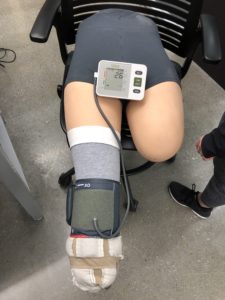
This week we constructed our first prototype of the automatic compression sleeve. Our first prototype of the compression sleeve consists of an automatic blood pressure cuff sewn together with a homemade wrap fitted with velcro. The automatic blood pressure cuff is used to apply uniform and active compression to the stump. The adjustable wrap is made up of elastic fabric stitched between small 2 inch bean bags filled with coffee grounds. The bean bags offer a compressible yet rigid surface for the stump to be pressed against that is manually adjustable with velcro.
Limb Volume:
Antonio received the AD5933 Evaluation board from Analog Devices and attempted to download the necessary software onto the computer. To recap, this board will be used to inject alternating micro-currents at varying frequencies into the patient limb to measure the attenuation of each current. This will be used as a surrogate for how much extracellular fluid is in the patient limb which will determine extent of edema. There were difficulties in attempting to upload the software to the board and Antonio had to contact Analog devices to troubleshoot the problem. He is waiting to hear back from them.
Below is a picture of what the software looks like for the board. The board is programmable and we can chose what values (e.g. frequency and frequency increment) to program the board to run.

Additionally, we also received the soft potentiometers as those may also be used to measure limb volume in the event that the bioimpedance circuit does not work. The soft potentiometer’s resistance changes depending on the amount of strain applied to it. We decided to apply a voltage across the potentiometer and measure the current through it using a current sensing device that we ordered last week.
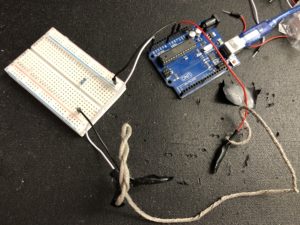
Our prototype consists of a 5V driven current that is run through the soft potentiometer fabric whose resistance increases as its strain increases. As the potentiometers resistance change, the current through it can be measured through an analog input to an Arduino Uno.
Skin Perfusion:
When measuring skin perfusion, we needed to decide if transmittance or reflectance would be the ideal option. In both of these setups, they have an infrared LED, a red LED, and photodiodes. Hemoglobin, when saturated with oxygen, absorbs more of the infrared wavelength. Meanwhile, when it is deoxygenated, it absorbs more of the red wavelength. The oxidation of the patient can be determined by the ratio of infrared and red light measured by the photodiodes. The difference between transmittance and reflectance is the placement of the photodiodes. The LEDs and photodiodes are on opposite sites in transmittance, while on the same side with reflectance. Though more accessible, the main issue with transmittance can be the scattering and attenuation of the light from tissue, and is only really effective on the finger and earlobe.

Transmittance based pulse oxidation monitoring

Reflectance based pulse oxidation monitoring
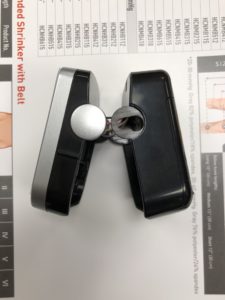
To see if transmittance would be possible through thicker tissue, expanded a finger pulse oximeter and attempted to get a reading through the fleshy part of the hand. We were unable to measure an oxidation signal, and therefore decided that transmittance would not be effective on the leg at the site of the wound.
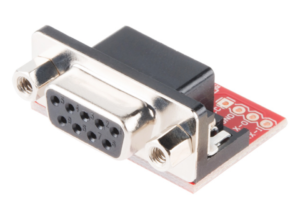
As a result, we began pursuing the use of our reflectance based sensor. Since we only bought the sensor and not the entire back-end, we purchased a DB9 connector to see if we could receive signal using an Arduino.
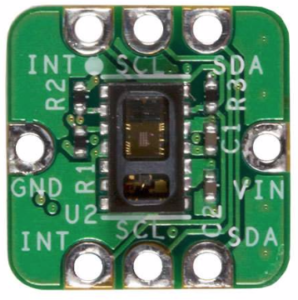
We also ordered a reflectance sensor integrated circuit, since it is very programmable and open-source. We will then be able to know for certain that we can record and analyze the data collected by the IC with an Arduino.
Ordering:
Agar for phantom
Linear force transducers
Adjustable leg strap for soft potentiometers